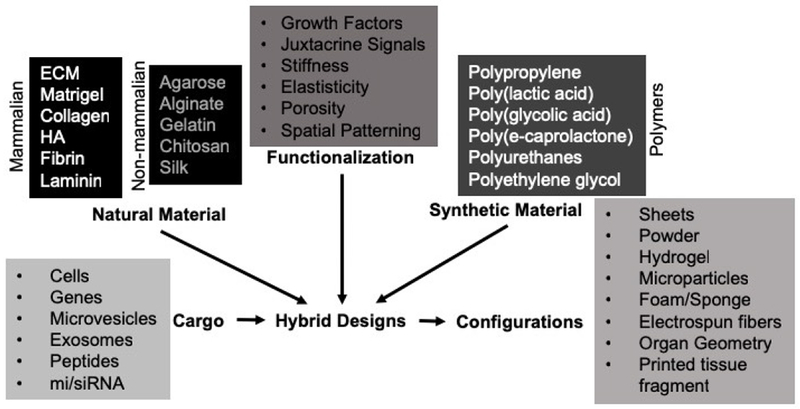Figure 2. Overview of materials used for bioscaffolds.

A variety of natural and synthetic materials have been used to create bioscaffolds. Natural material can typically be distinguished based on their provenance from mammalian or non-mammalian species. Of the mammalian sources, extracellular matrix (ECM) produces an inductive response, i.e. it invokes a host cells response that leads to its degradation and replacement with new tissue. Other materials, such as hyaluronic acid (HA) do not by themselves produces these types of response, but do influence cell behavior based on their affinity to its juxtacrine signaling. Combinations of the materials in hybrid designs is possible and further functionalization by altering composition or structure are also undertaken based on specific design criteria (e.g. anisotropic structure for axonal growth requiring spatial patterning). Bioscaffolds can also carry cargo (e.g. cells, growth factors) that is thought to promote specific therapeutic effects. Most commonly cells are integrated into bioscaffolds with an eye towards cell/tissue replacement. Bioscaffolds/biomaterials can improve the survival of delivered cells, but also provide a structural support to promote de novo tissue formation.
